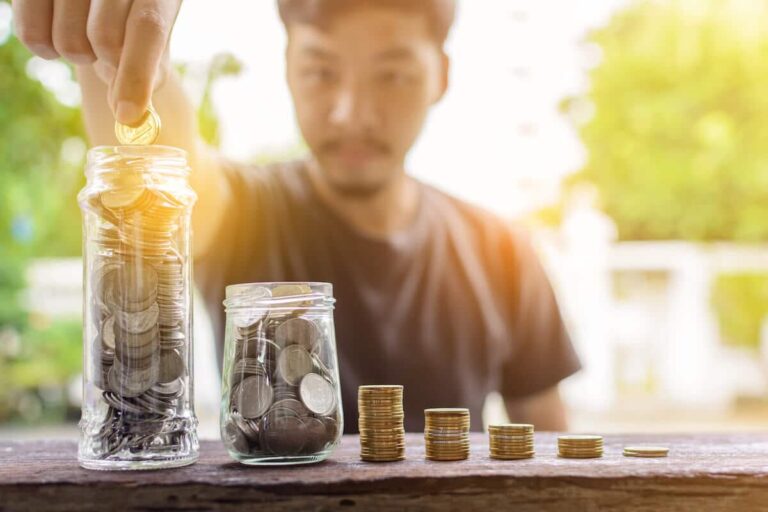The Philippines, a Southeast Asian gem, offers a low cost of living that appeals to retirees, digital nomads, and expats, including many Australians. Comparable to countries like Indonesia and Thailand, the Philippines is significantly more affordable than high-cost cities such as Sydney or Singapore.
The cost of living varies depending on lifestyle and location, so here’s an Australian-focused guide to living expenses in four major cities across the Philippines and tips to calculate your monthly costs.
How to Calculate the Cost of Living in the Philippines
The cost of living typically includes food, housing, healthcare, and other necessities. Using data from platforms like NomadList, we’ve compared the costs for locals and expats.
For Australian retirees or remote workers, your income may stretch further than if you’re earning a local salary. For example, a software engineer in Manila earns around AUD 25,000 annually, while the same role in Australia could pay upwards of AUD 75,000.
The currency used in the Philippines is the Philippine peso (PHP), with 1 peso equaling 100 centavos. To simplify comparisons, all costs below are converted into Australian dollars (AUD).
Cost of Living by City
Like many countries, living costs in the Philippines depend on location. Metro Manila is the priciest, while cities like Davao and Baguio offer budget-friendly options. Here’s a breakdown:
Manila
- Cost for expats: ~AUD 2,200/month
- Cost for locals: ~AUD 1,500/month
- Studio rent: AUD 1,400
- Dinner: AUD 7.50
- Coffee: AUD 1.80
Manila, the bustling capital, offers an urban lifestyle with access to international flights and cultural landmarks.
Cebu City
- Cost for expats: ~AUD 1,900/month
- Cost for locals: ~AUD 1,300/month
- Studio rent: AUD 1,250
- Dinner: AUD 4.20
- Coffee: AUD 1.00
Cebu is a central hub known for its beaches and thriving tech scene.
Baguio
- Cost for expats: ~AUD 2,250/month
- Cost for locals: ~AUD 1,200/month
- Studio rent: AUD 1,020
- Dinner: AUD 7.40
- Coffee: AUD 1.80
With its cool climate and scenic views, Baguio is a favourite for students and nature lovers.
Davao
- Cost for expats: ~AUD 1,450/month
- Cost for locals: ~AUD 900/month
- Studio rent: AUD 710
- Dinner: AUD 6.40
- Coffee: AUD 1.80
Davao, known for its agricultural richness and culinary delights, is the most affordable major city.
Key Expenses in the Philippines
Housing
Housing costs vary widely. Renting a studio in city centres like Manila is pricier than suburban or rural options. Expats may face higher costs for short-term stays, and foreign nationals cannot own land but can purchase condominium units.
Food and Drink
The Philippines boasts a vibrant food scene, from street snacks to international chains. While a cappuccino in Manila might cost AUD 4.20, dining at local eateries is cheaper and just as delicious.
Healthcare
Australian expats must arrange private health insurance, costing between AUD 35 and AUD 1,500 annually. Locals benefit from free healthcare under PhilHealth.
Transportation
Affordable public transport options like Jeepneys and cycle rickshaws make getting around easy. Intercity buses and motorcycles are cost-effective for longer distances.
Sending Money to the Philippines
Australians supporting family in the Philippines or managing their finances abroad can rely on secure money transfer services. Platforms like Remitly offer competitive rates and convenience, whether transferring to a bank account or cash pickup.
